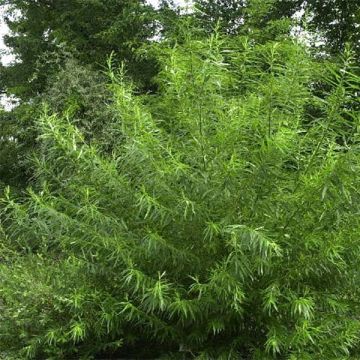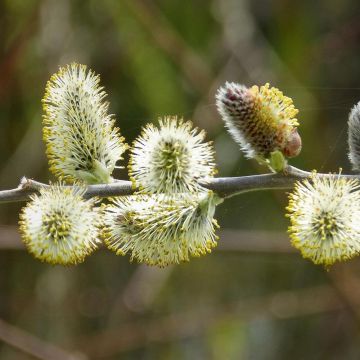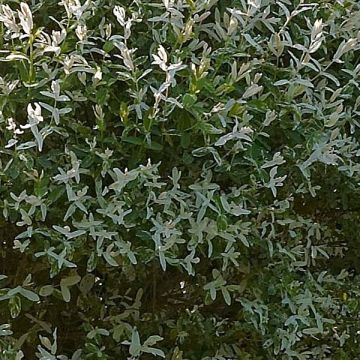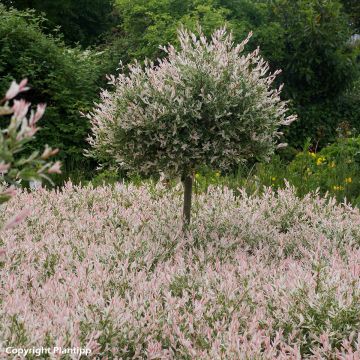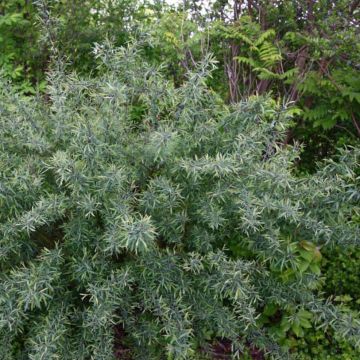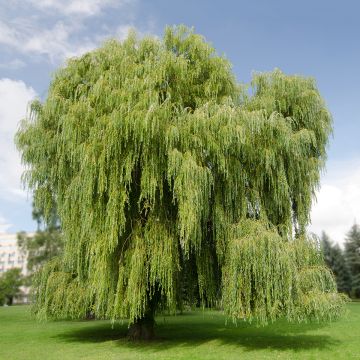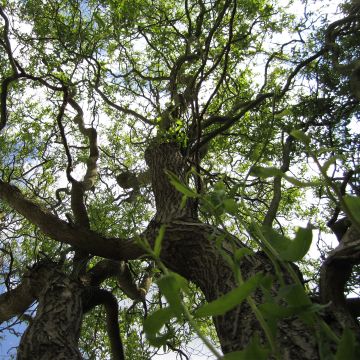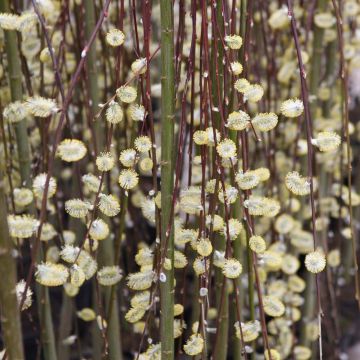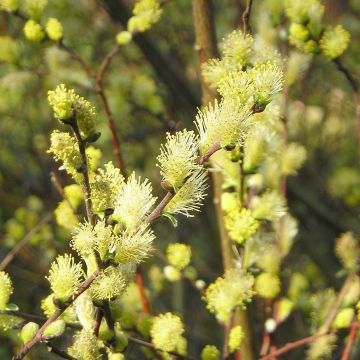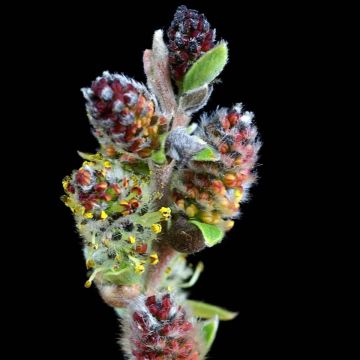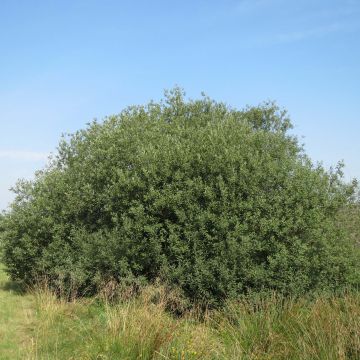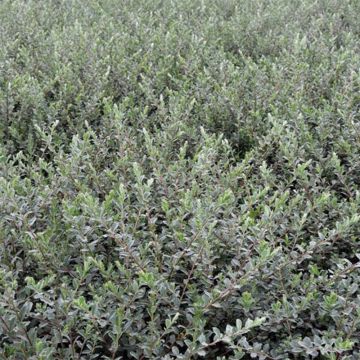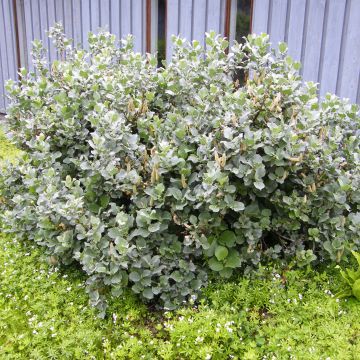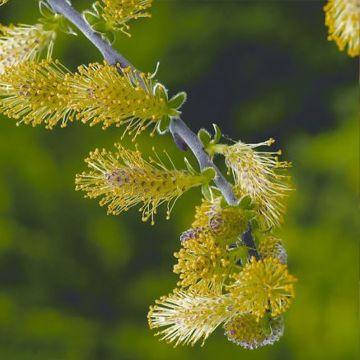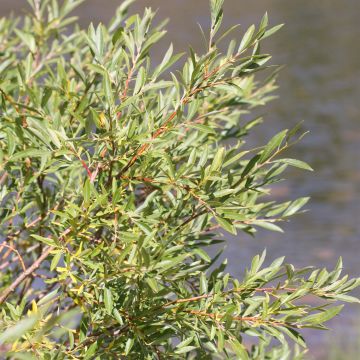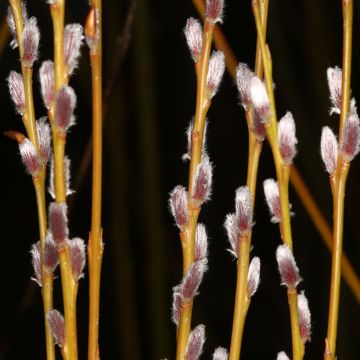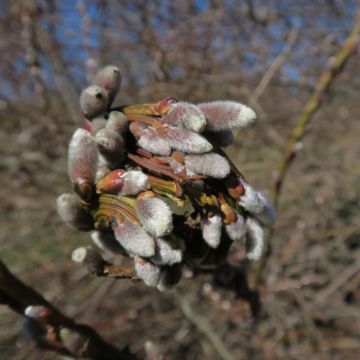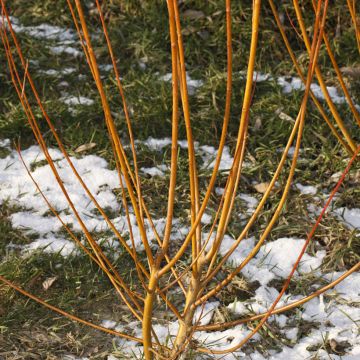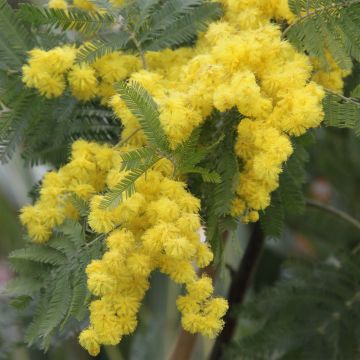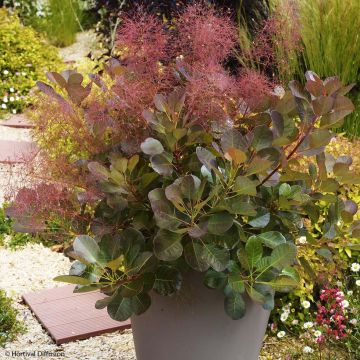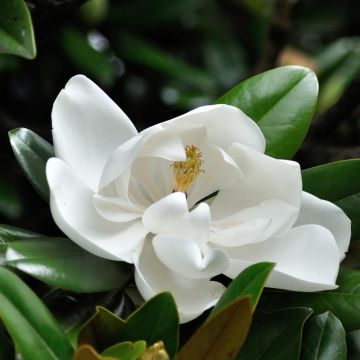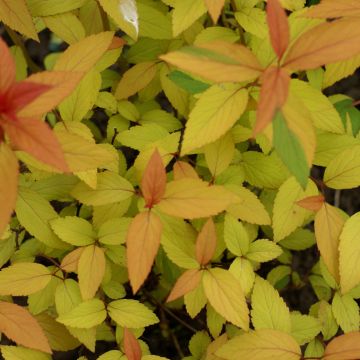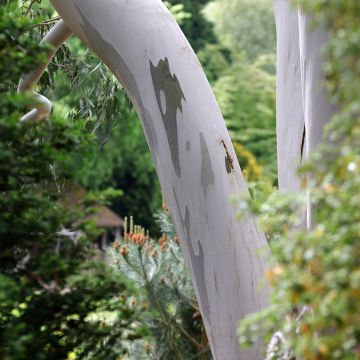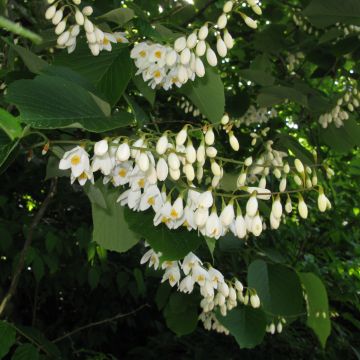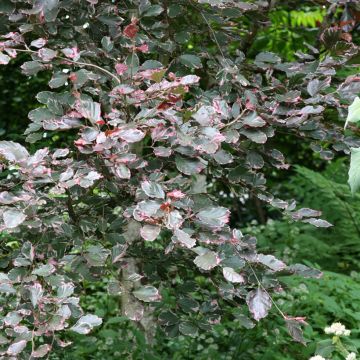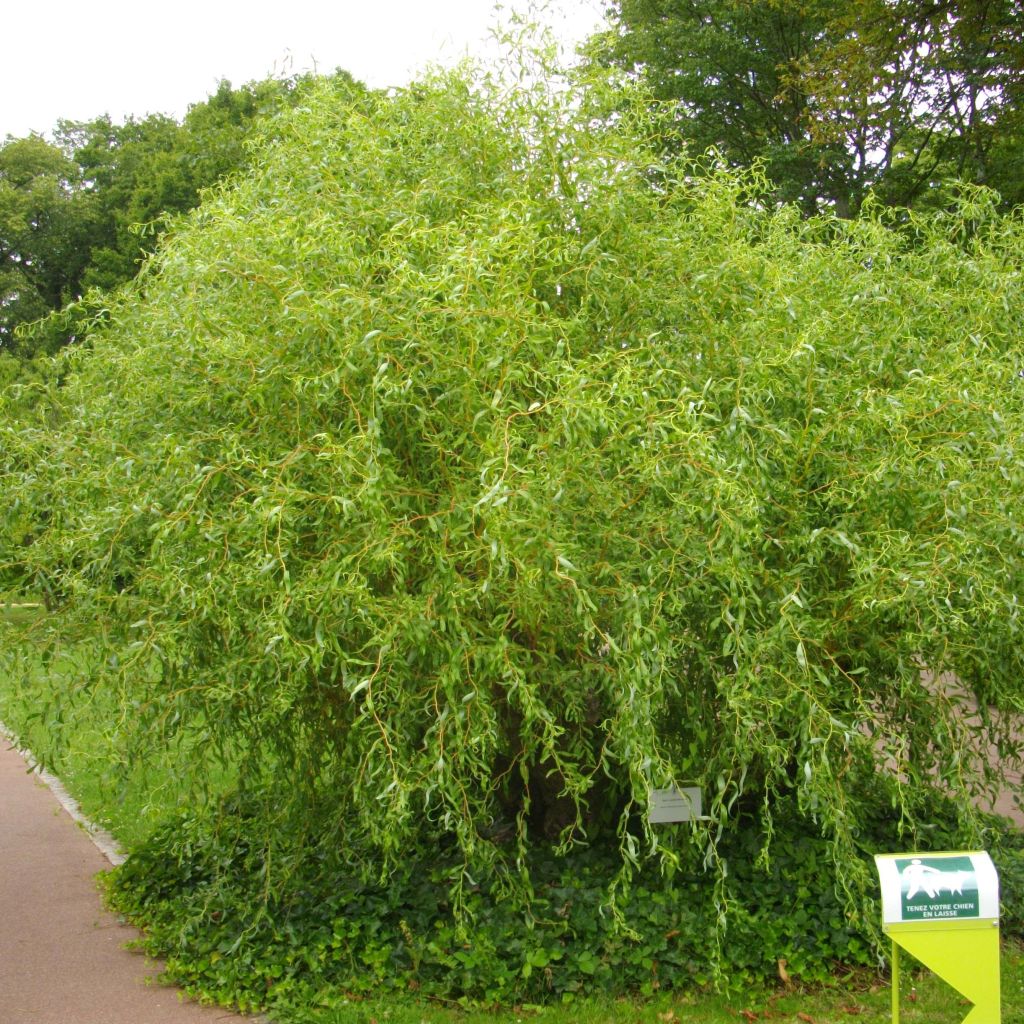

Salix x erythroflexuosa - Willow
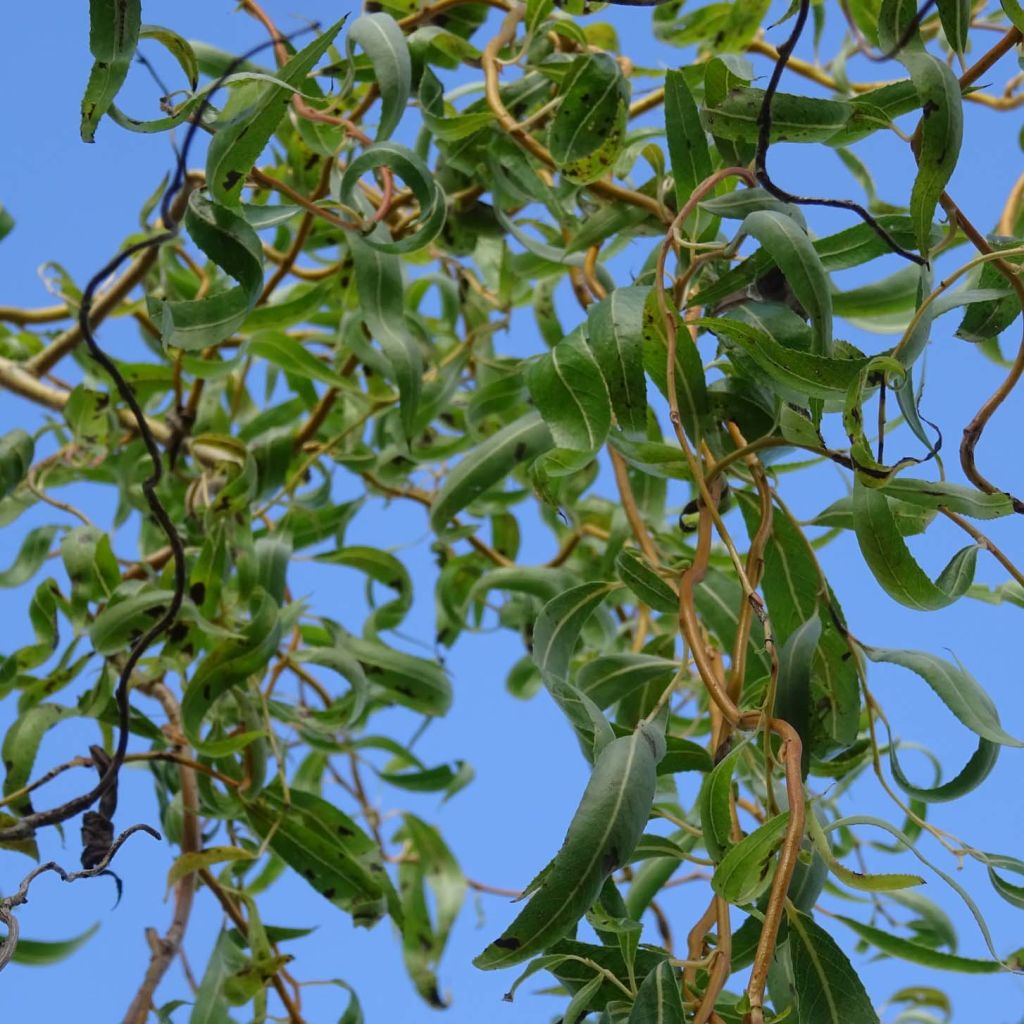

Salix x erythroflexuosa - Willow
Salix x erythroflexuosa - Willow
Salix erythroflexuosa
Twisted Willow
Very good recovery for both twisted willows. Survived -5°C (23°F) and snow without any issues. Placed in full sun for one, partial shade for the other. Acidic, moist, clay soil. (Flora: couch grass, reed, dock)
Lauren, 01/03/2023
Why not try an alternative variety in stock?
View all →This plant carries a 24 months recovery warranty
More information
We guarantee the quality of our plants for a full growing cycle, and will replace at our expense any plant that fails to recover under normal climatic and planting conditions.
From €5.90 for pickup delivery and €6.90 for home delivery
Express home delivery from €8.90.
Delivery to Corse prohibited: UE law prohibits the import of this plant from mainland France to Corse as part of the fight against Xylella fastidiosa. Please accept our sincere apologies.
More information
Does this plant fit my garden?
Set up your Plantfit profile →
Description
Salix x erythroflexuosa is a hybrid willow with a branching habit that is both weeping and twisted, of beautiful elegance and rare originality. It develops long spiralled and twisted branches, initially upright and then trailing at the ends, covered with a light red-orange to caramel bark, with remarkable patterns which bear deciduous narrow leaves, also curled and twisted. Of modest stature, and decorative throughout the year, this unique little tree has a place even in a small garden, especially by the edge of a water feature where it will be sensational.
Salix x erythroflexuosa is a horticultural hybrid resulting from cross-breeding between Salix x sepulcralis 'Chrysocoma', which has given it its long trailing branches and graceful habit, and S. madsudana 'Tortuosa', responsible for its beautiful spiral branches. Its habit is naturally twisted, broadly spreading and weeping. At maturity, it will reach approximately 4m (13ft) in height by 2m (7ft) in width. With a rapid growth rate, this willow has a lifespan of around 50 years. Its branches are composed of flexible, spiralled branches, rolled up on themselves, covered by a coppery bark which becomes brown-yellow and fissured over time. The deciduous foliage is composed of lanceolate, slightly dentate, spiralled leaves, averaging 9cm (4in) in length. They are shiny green on the upper side, more glaucous to silvery on the underside, and turn yellow in autumn. This variety produces white-grey male catkins which are 3cm (1in) long in March before the appearance of leaves.
The Tortuous Weeping Willow likes deep, moist to wet soils, and very bright exposures which it will find near water points, or under humid climates. It makes an impression when planted in isolation, accompanied by Iris kaempferi, Carex or Euphorbia palustris, or surrounded by early-flowering bulbs (snowdrops, crocuses, fritillaries, hyacinths). Finally, consider placing it in such a way that it is visible from the house, to contemplate its unique silhouette from behind a window.
Report an error about the product description
Salix x erythroflexuosa - Willow in pictures
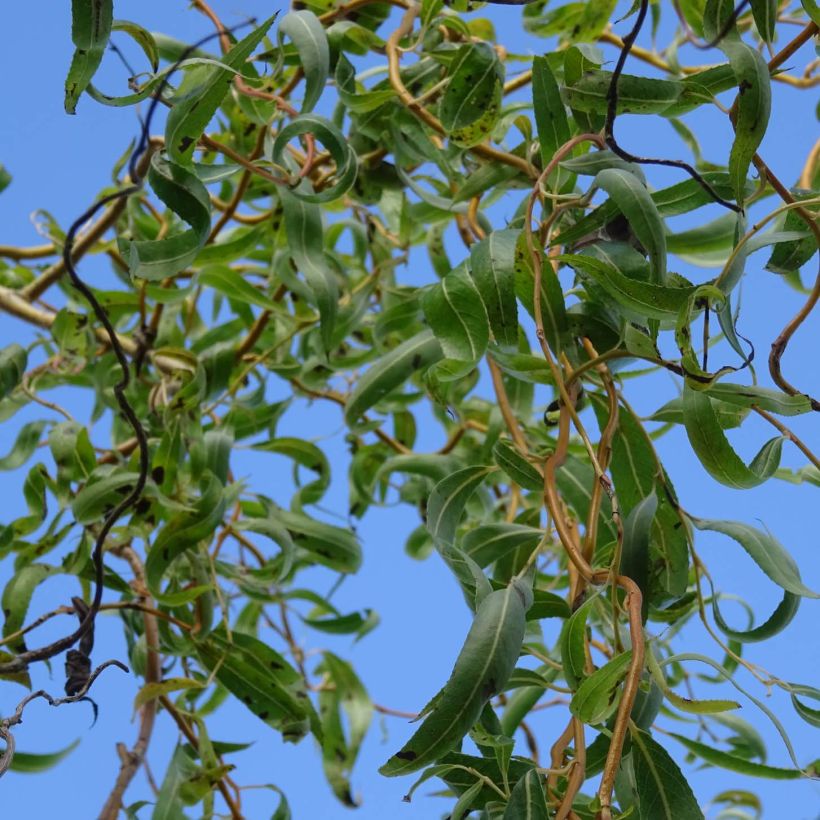

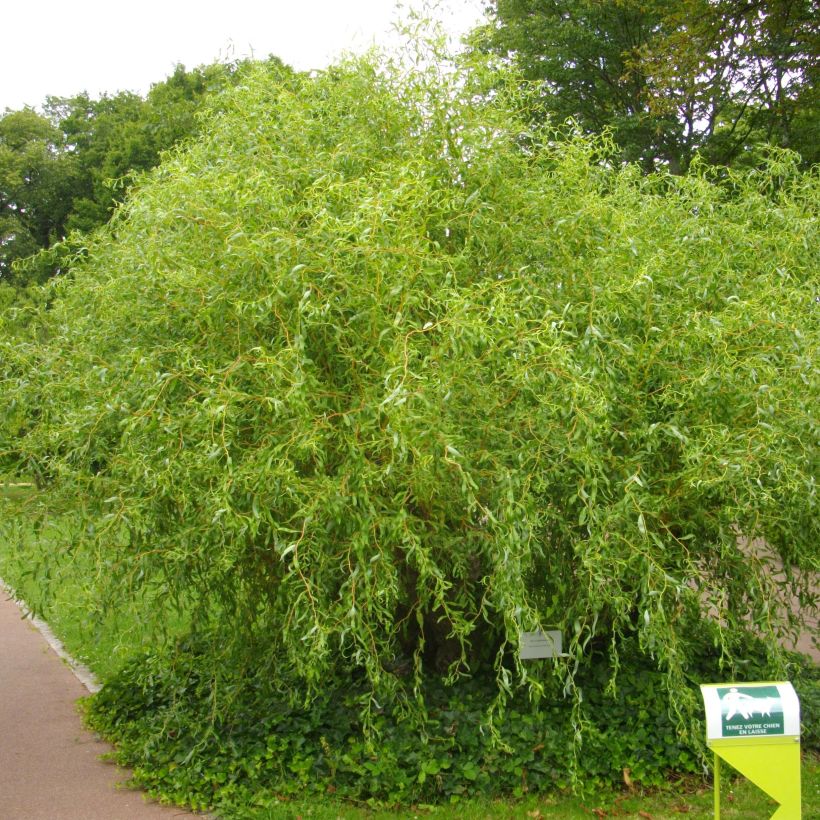

Plant habit
Flowering
Foliage
Botanical data
Salix
erythroflexuosa
Salicaceae
Twisted Willow
Cultivar or hybrid
Other Willow - Salix
Planting and care
Salix erythroflexuosa is best planted in autumn, from September to November, in deep, moist, even damp, fairly heavy, rich soil, preferably without excess limestone and in a very sunny position. It dislikes shallow soils that dry too quickly. Water and mulch the young plants. To limit growth, periodically and severely prune all branches to form what is called a pollard, a sort of stump from which many shoots grow. Pruning of this type during winter is often the best way to contain attacks of canker (black spots, cracks), a fungal disease that attacks young shoots during humid springs. Collect fallen leaves in autumn and burn them if the tree has black spots (canker) or yellow-orange spots (rust) during its growth. Once all the leaves have fallen, treat with Bordeaux mixture. Pruning in late winter reduces risks. It can also be affected by cankers at the pruning wounds, as well as aphids.
Planting period
Intended location
Care
-
, onOrder confirmed
Reply from on Promesse de fleurs
Striking foliage shrubs
Haven't found what you were looking for?
Hardiness is the lowest winter temperature a plant can endure without suffering serious damage or even dying. However, hardiness is affected by location (a sheltered area, such as a patio), protection (winter cover) and soil type (hardiness is improved by well-drained soil).

Photo Sharing Terms & Conditions
In order to encourage gardeners to interact and share their experiences, Promesse de fleurs offers various media enabling content to be uploaded onto its Site - in particular via the ‘Photo sharing’ module.
The User agrees to refrain from:
- Posting any content that is illegal, prejudicial, insulting, racist, inciteful to hatred, revisionist, contrary to public decency, that infringes on privacy or on the privacy rights of third parties, in particular the publicity rights of persons and goods, intellectual property rights, or the right to privacy.
- Submitting content on behalf of a third party;
- Impersonate the identity of a third party and/or publish any personal information about a third party;
In general, the User undertakes to refrain from any unethical behaviour.
All Content (in particular text, comments, files, images, photos, videos, creative works, etc.), which may be subject to property or intellectual property rights, image or other private rights, shall remain the property of the User, subject to the limited rights granted by the terms of the licence granted by Promesse de fleurs as stated below. Users are at liberty to publish or not to publish such Content on the Site, notably via the ‘Photo Sharing’ facility, and accept that this Content shall be made public and freely accessible, notably on the Internet.
Users further acknowledge, undertake to have ,and guarantee that they hold all necessary rights and permissions to publish such material on the Site, in particular with regard to the legislation in force pertaining to any privacy, property, intellectual property, image, or contractual rights, or rights of any other nature. By publishing such Content on the Site, Users acknowledge accepting full liability as publishers of the Content within the meaning of the law, and grant Promesse de fleurs, free of charge, an inclusive, worldwide licence for the said Content for the entire duration of its publication, including all reproduction, representation, up/downloading, displaying, performing, transmission, and storage rights.
Users also grant permission for their name to be linked to the Content and accept that this link may not always be made available.
By engaging in posting material, Users consent to their Content becoming automatically accessible on the Internet, in particular on other sites and/or blogs and/or web pages of the Promesse de fleurs site, including in particular social pages and the Promesse de fleurs catalogue.
Users may secure the removal of entrusted content free of charge by issuing a simple request via our contact form.
The flowering period indicated on our website applies to countries and regions located in USDA zone 8 (France, the United Kingdom, Ireland, the Netherlands, etc.)
It will vary according to where you live:
- In zones 9 to 10 (Italy, Spain, Greece, etc.), flowering will occur about 2 to 4 weeks earlier.
- In zones 6 to 7 (Germany, Poland, Slovenia, and lower mountainous regions), flowering will be delayed by 2 to 3 weeks.
- In zone 5 (Central Europe, Scandinavia), blooming will be delayed by 3 to 5 weeks.
In temperate climates, pruning of spring-flowering shrubs (forsythia, spireas, etc.) should be done just after flowering.
Pruning of summer-flowering shrubs (Indian Lilac, Perovskia, etc.) can be done in winter or spring.
In cold regions as well as with frost-sensitive plants, avoid pruning too early when severe frosts may still occur.
The planting period indicated on our website applies to countries and regions located in USDA zone 8 (France, United Kingdom, Ireland, Netherlands).
It will vary according to where you live:
- In Mediterranean zones (Marseille, Madrid, Milan, etc.), autumn and winter are the best planting periods.
- In continental zones (Strasbourg, Munich, Vienna, etc.), delay planting by 2 to 3 weeks in spring and bring it forward by 2 to 4 weeks in autumn.
- In mountainous regions (the Alps, Pyrenees, Carpathians, etc.), it is best to plant in late spring (May-June) or late summer (August-September).
The harvesting period indicated on our website applies to countries and regions in USDA zone 8 (France, England, Ireland, the Netherlands).
In colder areas (Scandinavia, Poland, Austria...) fruit and vegetable harvests are likely to be delayed by 3-4 weeks.
In warmer areas (Italy, Spain, Greece, etc.), harvesting will probably take place earlier, depending on weather conditions.
The sowing periods indicated on our website apply to countries and regions within USDA Zone 8 (France, UK, Ireland, Netherlands).
In colder areas (Scandinavia, Poland, Austria...), delay any outdoor sowing by 3-4 weeks, or sow under glass.
In warmer climes (Italy, Spain, Greece, etc.), bring outdoor sowing forward by a few weeks.

































